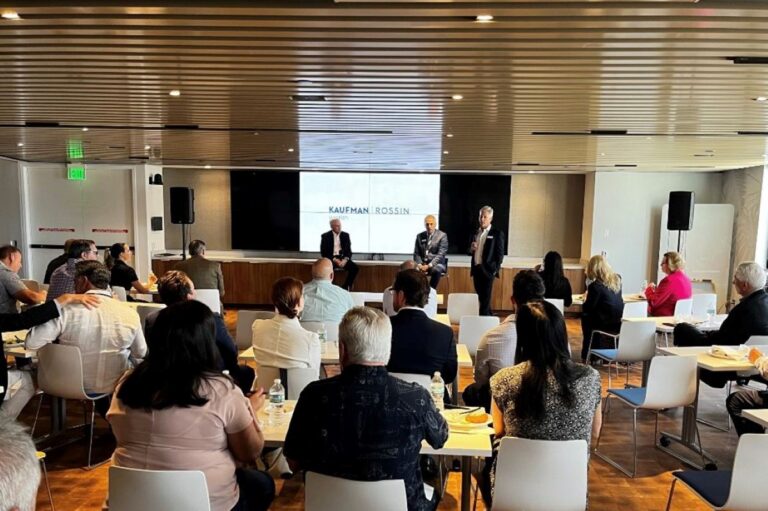How Different Are Between Marketing and Sales Funnel?
What is the difference between marketing and sales funnel? Originally appeared on Quora: the place to gain and share knowledge, empowering people to learn from others and better understand the world.
Wow, you’ve asked a great question. There are a lot of people even in sales and marketing who aren’t quite sure how to answer this question.
Although there are good answers here explaining why sales funnels and marketing funnels are different, I’m going to take another approach. In my opinion, after working for many years in marketing, there’s not a lot of difference between the two nowadays.
The Lines Between Sales and Marketing Are Getting Increasingly Blurred
More and more businesses are coming to understand that it’s better to unite sales and marketing into a single unit, instead of keeping them siloed as separate entities. Marketing and sales can be more effective when they work together than when they work separately.
Because marketing and sales are joining together, it would be better to say that the funnel begins in marketing, and ends in sales. In between these two ends of the journey is the nurture process, which, depending on how your organization structures things, might be handled by either or both roles.
The truth is that both marketing and sales are working towards the same goal: closing more deals with the types of people who stand to gain the most from your solution.
Marketing is concerned with the beginning of the funnel, so that means attracting new prospects, learning about their needs and concerns, and building a connection with them that educates them about the merits of your solution and cultivates a sense of trust and authority.
Sales is concerned with further educating prospects about the benefits of the product, resolving their issues about making the purchase, and guiding them through the purchase process itself.
There is often a lot of overlap between the tools and even the content that each role uses to do its job well. For example, blog posts and webinars are tools that can be used effectively by both sales and marketing teams to connect and communicate with prospects. And both marketing and sales use content to educate prospects about the ways that the product solves their pain points.
Here Is a Typical Marketing/Sales Funnel:
- Awareness: the prospect realizes that they have a pain point which needs to be solved and becomes aware of your solution
- Interest: the prospect starts to check out different products in more depth, including yours
- Consideration: the prospect investigates your product, considers your value propositions and compares them to rival products, and thinks about whether it can solve their pain point
- Intent: the prospect decides to buy a specific type of product and closes on a short list of finalists
- Evaluation: the prospect makes a final decision about your product
- Purchase: the prospect buys your product
Usually, the prospect crosses over from Marketing to Sales for the last 2 or 3 stages of the funnel.
Why Does It Matter If It’s a Marketing Funnel or a Sales Funnel?
You might be wondering why we still talk about marketing funnels and sales funnels, if they are really both part of the same process. That’s because in order to make a sale, you need to know how far your prospect is along the funnel. And in organizations with siloed departments, the criteria for handoff from marketing to sales needs to be established.
If a lead is still at the early marketing stage, you want to use solid content marketing strategies to connect with your lead without being too pushy[1] . These could be short videos, or quick emails or text messages to touch base. If they are further along the marketing funnel and moving towards sales readiness, it’s the right time to share longer whitepapers or case studies.
Contributed by Aaron Mora Teaching People About Tech and Open Source.









